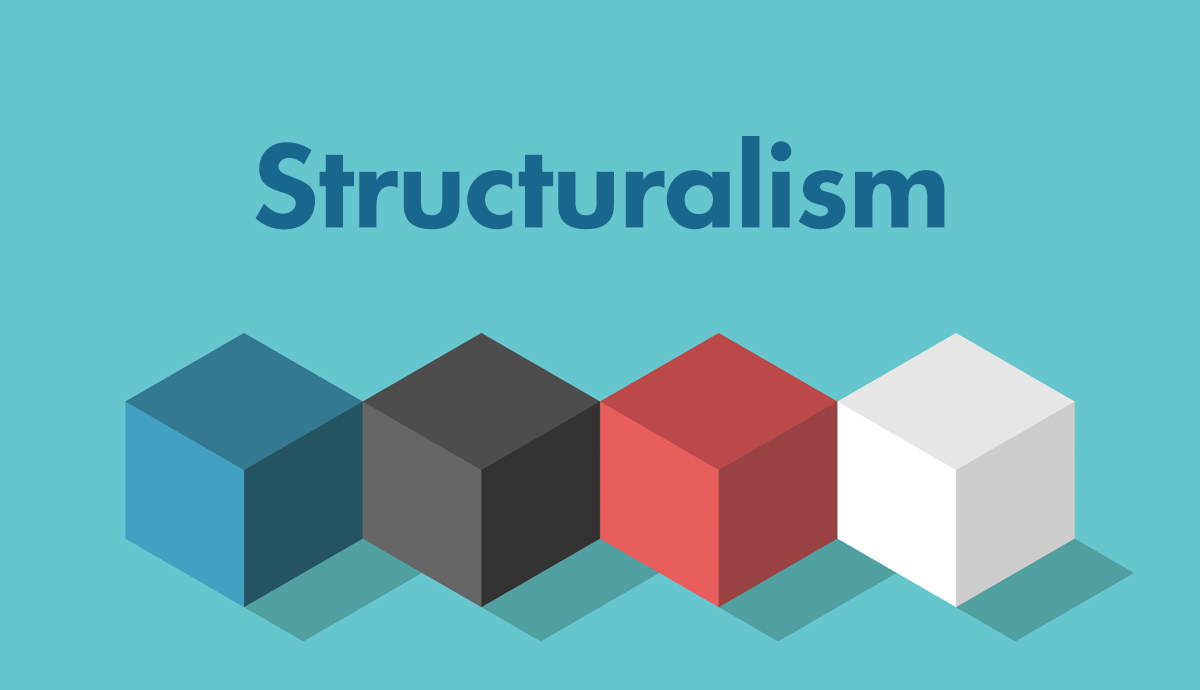
Written against the background of the Cold War, Isaiah Berlin’s Two Concepts of Liberty introduces a canonical piece of twentieth-century political philosophy. In this essay, Berlin explains the distinction between positive and negative liberty. What are the differences between these two conceptions of liberty? And how does Berlin argue that positive liberty has the potential to turn to tyranny?
Why Did Isaiah Berlin Write Two Concepts of Liberty?

Isaiah Berlin, a 20th-century political philosopher and historian, wrote Two Concepts of Liberty as a plea for philosophers to get out of their proverbial armchairs, step out of the study, and engage with the messy world of politics. Given the power of ethical and political visions, philosophers need to overcome their natural fear of facts, and the difficult matter of figuring out what the facts are. This is because of the crucial role Isaiah Berlin assigns to philosophers: ensuring that political and moral doctrines do not come to be held fanatically (Berlin, 2002, p. 167).
Berlin originally delivered the essay as his inaugural lecture at the University of Oxford in 1958. The big political trouble at the time was the Cold War and, in particular, the extent to which the government can coerce its subjects to ensure obedience. In Berlin’s words:
“Why should I (or anyone) obey anyone else? Why not live as I like? Must I obey? If I disobey, may I be coerced?, By whom, and to what degree, and in the name of what, and for the sake of what?”
(Berlin, 2002, p. 168)
Inevitably, the answer to any of these questions is going to involve the concept of freedom. Freedom, like happiness or justice, is universally praised. No one is openly against freedom. That, however, doesn’t mean everyone agrees on the answers to questions about permissible coercion. The reason is that, like justice, the concept of freedom can be given many meanings.
Berlin sees the disagreement between the communist and capitalist worlds as a disagreement about the meaning of freedom. In Two Concepts of Liberty, Berlin distinguishes between two notions of freedom: negative freedom and positive freedom.
What is Negative Freedom?

The concept of negative freedom is the concept involved in the answer to the following question:
“What is the area within which the subject—a person or group of persons—is or should be left to do or be what he is able to do or be, without interference from other persons?”
(Berlin, 2002, p. 169)
In other words, negative freedom is enhanced when there are barriers to the imposition of one person’s will on another. Freedom, in this sense, “is measured by the strength of these barriers, and the number and importance of the paths which they keep open for their members” (Berlin, 2002, p. 211). In short: Negative freedom is freedom from.

This invites the question, freedom from what? From all constraints? Or only from some? Negative freedom is, at base, about oppression and coercion by other humans. Only constraints that stem from the actions of others matter for freedom. I am not rendered unfree, on this view, by being unable to understand Heidegger, or fly, or time-travel, or escape death. Negative freedom, as Berlin uses the term, applies only to situations in which my wishes are frustrated “by other human beings, directly or indirectly, with or without the intention of doing so” (Berlin, 2002, p. 170).
According to those who defend a negative conception of freedom, the wider the scope of activities in which we can do as we please, the freer we are. Of course, we can’t all have unlimited negative freedom, as that would give us the power to interfere with other people. The freedom of all needs to be limited to ensure the freedom of all. If we care about negative freedom, the goal is to ensure an equal, substantial amount of freedom. Liberals may disagree about precisely where the limits of freedom lie, but they all place importance on ensuring that “some portion of human existence must remain independent of the sphere of social control” (Berlin, 2002, p. 173).
What is Positive Freedom?

The notion of positive freedom, on the other hand, is that involved in the answer to the question: “What, or who, is the source of control or interference that can determine someone to do, or be, this rather than that?” (Berlin, 2002, p. 173). This definition, unfortunately, is rather obscure, and an explanation is in order. Individuals have positive liberty, on Berlin’s account, “provided the answer to ‘Who shall govern me?’ is somebody or something which I can represent as my own” (Berlin, 2002, p. 206).
Many conceptions of positive liberty do this by identifying a ‘true’ or ‘inner’ self. Freedom, on this view, is achieved by following the dictates of rationality. This self is contrasted with “irrational impulse, uncontrolled desires, my ‘lower’ nature, the pursuit of immediate pleasures” (Berlin, 2002, p. 179). In order to achieve positive freedom, this self needs to be disciplined and trained to achieve the goals of our true, inner, more rational self. In short: positive freedom is freedom to.

The main problem with positive accounts of liberty, in Berlin’s view, is that they licence oppression and totalitarian politics. It does so by extending this analogy between a ‘true’ inner self governed by reason and our ‘natural’ selves. In the same way that being free, in a positive sense, requires suppressing one’s irrational, base, instincts, the social aspect of positive freedom is achieved when “the higher elements in society—the better educated, the more rational, those who ‘possess the highest insight of their time and people’—may exercise compulsion to rationalise the irrational section of society” (Berlin, 2002, p. 196).
This belief, Berlin argues, is what motivates and justifies the coercion required to instigate a revolution to pursue some form of ultimate goal, such as a classless society as envisioned by Karl Marx. If the ultimate goal is truly valuable, coercion is not incompatible with liberty. Instead, it allows us to achieve our true freedom through collective self-determination (Honderich, 1995, p. 486)
Which Conception of Liberty Should We Prefer?

Although at times Berlin’s prose makes it difficult to see, Berlin argues that, ultimately, we ought to prefer a negative conception of freedom. The reason is that negative freedom allows individuals to autonomously determine what values they ought to follow, and how they should pursue their lives.
Positive freedom, as we have seen, licences coercion of people in the name of satisfying their ‘true’ or ‘rational’ selves. It is animated by a belief that all good things in life are, in principle, compatible. In other words, it is based on a denial of value pluralism. Berlin believes the idea that there is a possible state in which all human values are fulfilled is a metaphysical chimera. Contrary to what utilitarians and other value monists believe, there is no universal scale against which all values can be graded, and the result maximised. Instead, our values are in irresolvable conflict. Choosing to pursue one (more equality, or more justice) will inevitably involve trade-offs with other values (e.g. freedom) (Honderich, 1995, p. 92)
It is precisely because our values sometimes come into conflict that we value freedom to choose, for if we had an assurance that “in some perfect state, realisable by men on earth, no ends pursued by them would ever be in conflict, the necessity and agony of choice would disappear, and with it the central importance of the freedom to choose” (Berlin, 2002, p. 214). In other words, we need to protect negative freedom because there are no utopias in which an ultimate end is applicable to everybody.
Having to choose between values is an inescapable part of the human condition. Unlike positive conceptions of freedom, negative freedom respects this aspect of the human condition because it does not aim to force us to suppress this inescapable aspect of our lives in service of a potentially erroneous overarching goal.
References:
Berlin, Isaiah. (2002) ‘Two Concepts of Liberty’ in Hardy, Henry (Ed) Liberty. Oxford, Oxford University Press. pp. 166-217
Honderich, Ted. (Ed) (1995) The Oxford Companion to Philosophy. Oxford, Oxford University Press.










